Vietnamese Air Force Museum in Hanoi
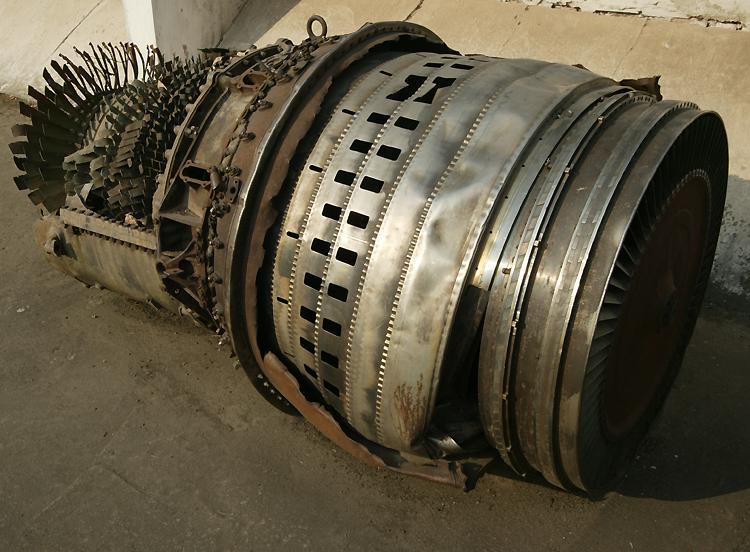
You can expect to
see American aircraft at any military museum in Vietnam... or at least
pieces of them.
There's always a
display of parts of American aircraft which have been shot down, in this
case a jet engine which was on display outside with several others.
More bits and pieces, including guns and other equipment, were inside the
museum.
|

|
However,
what I didn't expect to see on display was complete American-made aircraft!
From left to right there's an O-1 Birddog light observation plane, a Cessna
A-37 Dragonfly ground attack jet, an F-5 Freedom Fighter and on the right
a naval A-1 Skyraider whose wings still fold, but which is missing at least
one fairly essential accessory - a propeller! All of these
were captured intact at the end of the war - the Skyraider must have lost
its propeller at some later date!
|
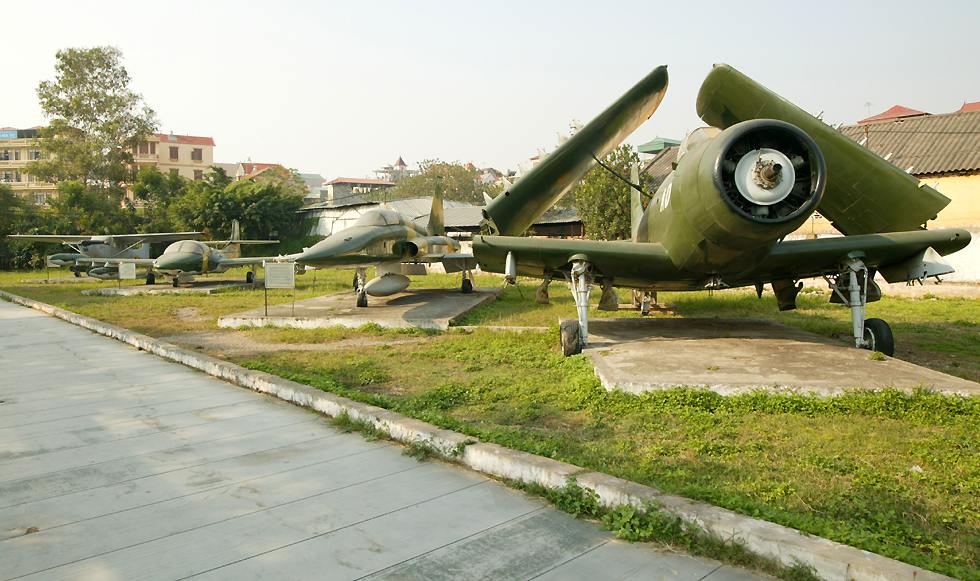 |

|
Not
only were these aircraft captured intact, they were actually incorporated
into the Vietnamese Air Force after the war, and operated until parts ran
out. That's why they've ended up rather surreally with communist
Vietnamese Air Force markings on them - not a sight you'll see very frequently!
|
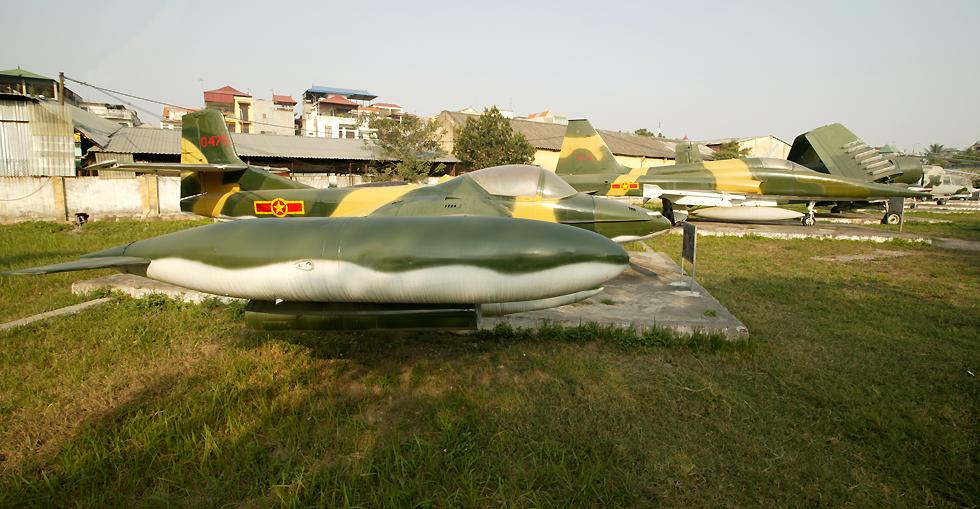 |

|
Each
of the aircraft has a descriptive sign in Vietnamese and not-so-good English.
According to the sign in front of this A-37 Dragonfly, after it was captured
it was turned against the South Vietnamese military forces at the battle
of Tan Son Nhat and Vai island. Later, in what are probably
battles Vietnam fought against its neighbour Cambodia, it was used for
an attack on Xep island (1978) and Co Cong island (1979).
|
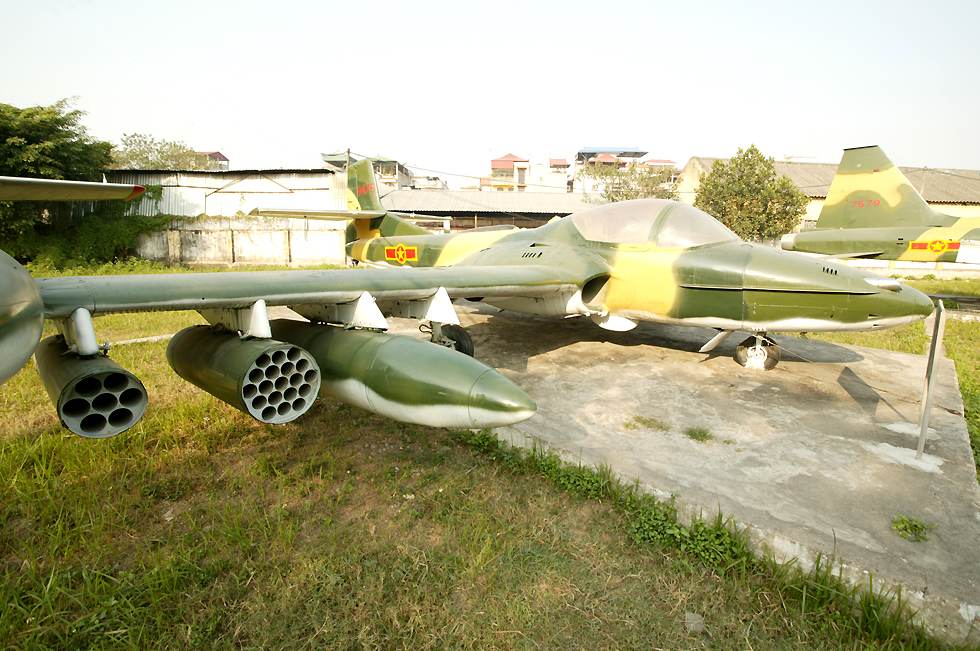 |

|
This
F-5 Freedom Fighter, complete with missile and fuel drop tank, was used
to bomb Pol Pot's headquarters, and was used in the same battle as the
A-37 to capture Co Cong island. In a small military park in
Saigon there's another F-5 in Vietnamese Air Force colours which was flown
by a deserting South Vietnamese pilot and used to bomb the South Vietnamese
presidential palace before being landed in communist territory.
|
 |

|
This
Skyraider didn't have a descriptive plaque with it, and it's looking a
little the worse for wear nowadays, with a missing propeller and a torn
up right tire. These large planes were originally operated
by the US Navy from aircraft carriers, and as you can see from the racks
under the wings they could carry a formidable variety and quantity of armament
and also had long endurance, allowing them to loiter in an area for a long
time. They were favorite aircraft for supporting search and
rescue missions to pick up downed American airmen; as one or two "Jolly
Green Giant" helicopters came in to pick up the pilot, the Skyraiders,
or "Sandys" as they were known would fly around the area shooting up and
bombing any communist soldiers trying to take advantage of the situation.
|
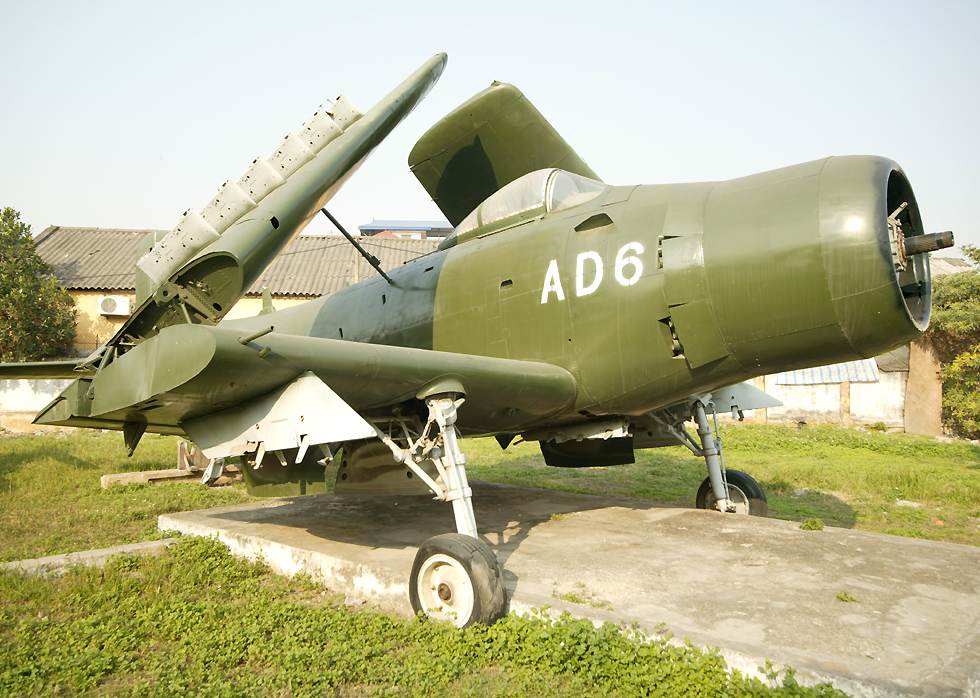 |

|
I'm
not quite sure how it happened, but somehow I managed to leave without
taking a photo of the O-1 Birddog army observation plane, so you'll just
have to accept this photo of it in the background behind the captured UH-1
Iroquois helicopter. The Iroquois, or Huey as it was more popularly
know, became the most enduring symbol of American involvement in Vietnam.
It was used to test the notion of air mobility - moving troops from place
to place at great speed as need arose. This was a very successful
policy in many ways, but also resulted in problems such as a tendency to
abandon positions which were won at great cost, allowing communist forces
to recapture them without a fight. It was hoped that by killing
enough Vietnamese the battle of attrition would swing in America's favor,
but as we now know this didn't happen. The Huey was certainly
a remarkable machine and achieved some amazing feats; you can get a taste
of this from the excellent book "Chickenhawk" which was written by a helicopter
pilot who flew in Vietnam.
|
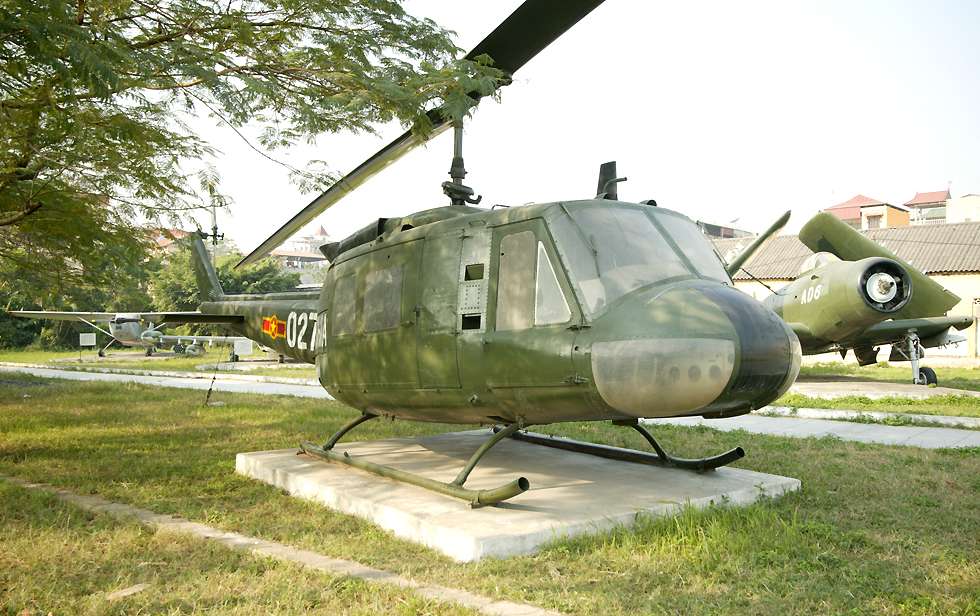 |






